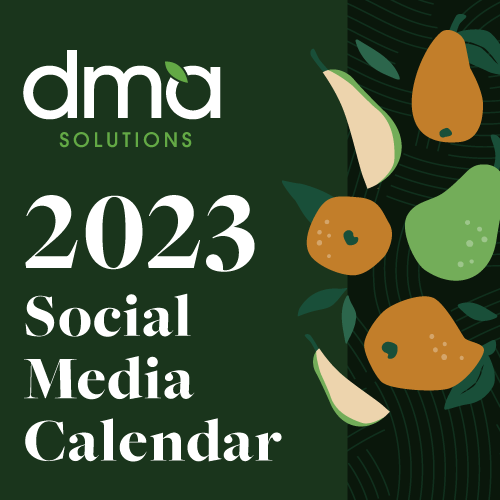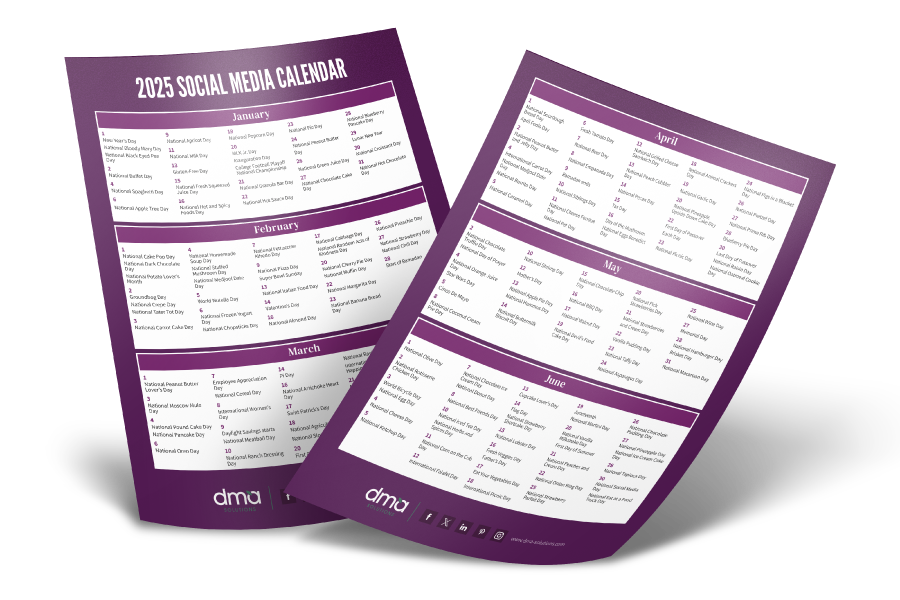The very thought of a food crisis affecting your brand may make you break into a cold sweat. The fear of whether or not you’ll be able to contain negative press while also dealing with the logistics of the crisis itself is enough to send any of us into a tailspin. The great news is that it doesn’t have to! Crisis PR can be a smooth process with the appropriate mindset and team in place to help execute, which is precisely why we’ve outlined our Crisis PR best practices for the coming year.
How to Approach Crisis PR in 2019
Note: We’re assuming that in a crisis, your brand mandates that you immediately consult your legal team (as applicable) for any and all advice, but a reminder never hurts!
Actively keep a pulse on what’s being said about your brand and the industry as a whole.
The two most effective ways we’ve found to gauge conversation and tone surrounding brands is to invest in media monitoring software and have a team actively engaged on social media platforms. Media monitoring software like Cision and Meltwater will alert you if your brand, or a specific topic that you’re monitoring (e.g. “e-coli”), is mentioned in the media, which allows you to act quickly. In the same way, we know that many people will take to social media as a first stop to ask questions and share news—having someone actively engaged and monitoring your social feeds helps you identify crises as they start.
Consult with your PR team immediately.
If you’ve heard that there is a potential crisis that affects your brand, the best thing you can do is loop your PR team in as quickly as possible—even if it is simply to say “we may have an issue, but stand by for more.” This helps your team proactively prepare by monitoring online, as well as by planning for potential responses. If you don’t have a PR team, or you’re a lone marketer on your team, then bring your executive team up to speed as quickly as possible. The more who are aware and can support with the execution of crisis communications, the more likely you’ll be able to activate quickly and concisely.
Determine a communications plan and messaging.
Work with your team to determine what your key messaging will be on your website, on social media, in press releases (if needed), and with customer service emails and calls. These should be consistent across all platforms, and include appropriate contact information for customer service.
While putting this plan together, also remember the following about consumers of fresh produce:
- They want answers, and they want them now.
- They likely assume the worst about whatever they’ve read in the news, especially when it comes to their safety.
- They don’t understand our industry jargon, and often don’t fully understand how your product even gets to the grocery store shelves.
- They don’t want excuses or fluffy responses.
Move quickly.
Once you’re in agreement with your PR team on your key messages, time is of the essence. Activate your team to make sure everything is updated with appropriate statements and contact information. Remember, the longer you take to proactively address the crisis, the less of a resource you become to your fans, and the more likely someone else is able to tell your story for you.
Set the tone.
Assume that people will think the worst of whatever crisis situation you’re faced with, and set the tone with this in mind. If you’re not implicated in a blanket crisis (i.e. the recent romaine recall), state that clearly and upfront. If you’re responding to a crisis that involves people getting sick or dying, be empathetic and do not discount the severity of the crisis, even if it seems minor. Set a tone that puts your brand in a position to be a resource instead of a place to point the finger. This goes for news publications as well! If you see that your brand is mentioned in a news article incorrectly, it is perfectly acceptable to reach out to that reporter and ask for the mention to be pulled from the story based on whatever facts you can present to them as just cause (e.g. “We were not implicated in this recall and therefore should not be mentioned”).
Use simple, easy-to-understand language.
Keep in mind that most consumers don’t fully understand how their produce gets to their stores or what all goes into the safety of their food. Your statements and responses should be clear, simple, and informative in order to help someone either get the assistance that they need or ease their worries.
Be honest and make it right.
At one point, crisis communications books said things like, “Don’t say ‘I’m sorry’ and assume blame,” or, “Keep things brief and don’t go into detail,” but people have changed in the last decade. It’s hard to be vague or avoid saying “sorry” when there’s so much information available to people online. Instead, people want transparency and to know that brands are willing to do what’s right, even in times of trouble. We all saw the effects of brands keeping their mouth shut as we watched the companies that we trusted go bankrupt and get in trouble for lying to us 10 years ago. If you’re sorry to hear that someone purchased bad product from you, or you’re doing your best to find more information to help someone, then say that and make it right.
Follow up and document best-practices.
One of the best ways you can avoid the initial fear that creeps in when crises arise is to have a running document of best-practices for specific crisis situations. For example, if you’ve experienced a recall on a product, save all key messaging and releases from that recall in a folder that you can easily access if something similar happens again. That way, you’re not starting from scratch, and it’s much easier to get something online quickly to communicate with your consumers.
Have a Crisis PR question or thought that you’d like to share? Tweet us at @TheCoreBlog or leave a comment below—we’d love to help!
{{cta(‘24043446-f144-4c3f-b7a5-5313ea354b57’)}}












